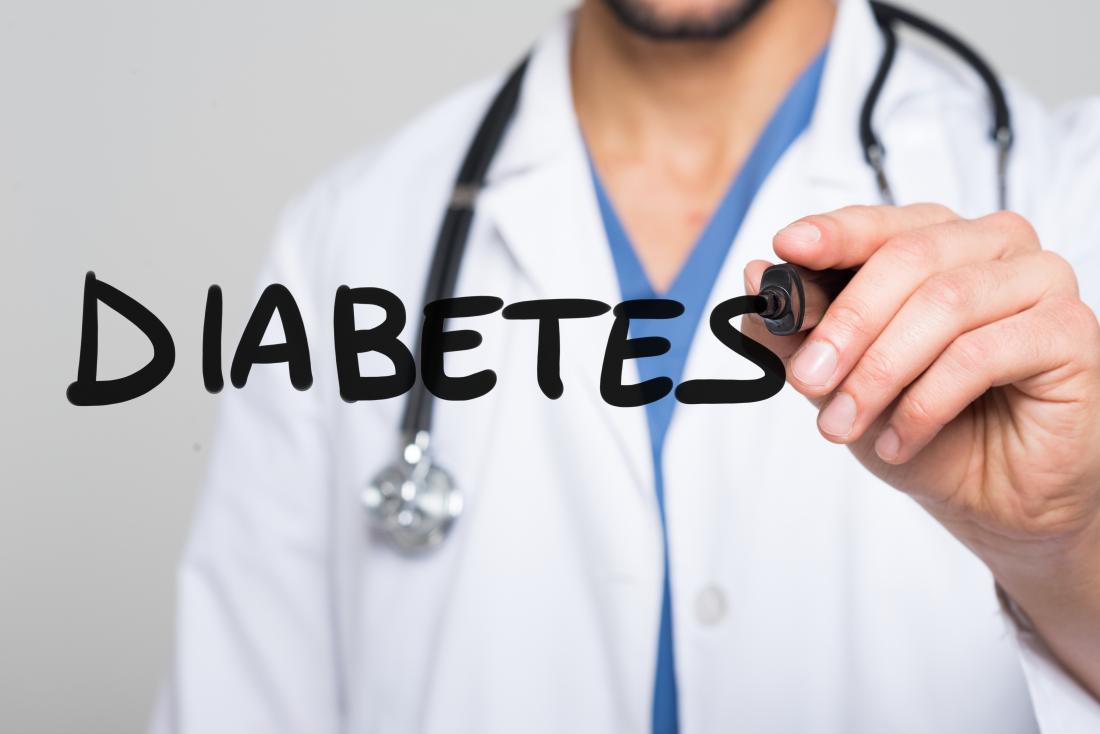Not all cases of diabetes are created equal. This article talks about the three different types of diabetes and what causes them.
 Diabetes is a lifelong condition that impairs the way our body uses energy in the form of glucose. However, not all cases of diabetes are created equal. There are three different types of this disease, each requiring a unique kind of treatment and management.
Diabetes is a lifelong condition that impairs the way our body uses energy in the form of glucose. However, not all cases of diabetes are created equal. There are three different types of this disease, each requiring a unique kind of treatment and management.
Regardless of the type of diabetes, however, the mechanisms behind the disease are similar. The problem always boils down to insulin. Either the body does not produce enough of this hormone, cannot use it, or both. And when glucose stays in the blood, it leads to damage in the body’s blood vessels, including the skin, kidney, heart, eyes, and nervous system. With such damage, patients are more at risk of stroke, blindness, heart disease, and kidney problems.
The Three Types of Diabetes
All three types of diabetes require delicate care, close monitoring, and adequate treatment. To give you some quick information, read on to understand the different types of diabetes and how they develop.
Type 1 Diabetes
Type 1 diabetes is largely considered an autoimmune disease, in which the body’s immune system itself attacks insulin-producing cells. Therefore, it is often seen in young patients especially children and teenagers, which is why it is also called juvenile-onset diabetes.
Those who suffer from Type 1 diabetes need insulin injections everyday to regulate their blood sugar levels every day. Without insulin injections, Type 1 diabetes usually leads to death. Meal planning is also crucial for patients with this type of diabetes.
What causes it: Like other autoimmune diseases, the causes of Type 1 diabetes are not clearly understood . However, risk factors include genetics and family history, geography, and exposure to certain types of viruses. Age is also a risk factor, as Type 1 diabetes usually peaks between 4 and 7 years old and between 10 and 14 years old.
Symptoms: Symptoms of Type 1 diabetes usually include abnormal thirst, dry mouth, sudden unintended weight loss, bedwetting, frequent urination, lack of energy or feelings of fatigue, constant hunger, and blurred vision.
Type 2 Diabetes
Type 2 diabetes is the most common form of diabetes, accounting for 90% of diabetes cases worldwide. Unlike Type 1 diabetes, it usually starts during adulthood. As such, it’s often called adult-onset diabetes or non-insulin dependent diabetes. It is also often associated with overweight and obesity, which contributes to insulin resistance and leads to high glucose levels in the blood.
At times, Type 2 diabetes may remain undiagnosed for a number of years, especially if the patient does not notice any severe symptoms. Doctors usually find out that a patient suffers from Type 2 diabetes through a routine blood test or urine glucose test, or if it occurs with a complication.
At its early stages, patients can usually manage the disease through proper diet and exercise. Later on, however, they may also need oral drugs and insulin as the disease progresses.
What causes it: Genetics and lifestyle habits both play a role in Type 2 diabetes . Those with unhealthy eating habits, sedentary routines, and above-normal weight (overweight and obesity) are more predisposed to Type 2 diabetes.
Symptoms: Symptoms include excessive thirst, dry mouth, fungal infections on the skin, slow-healing wounds, blurred vision, tingling or numbness in the hands and feet, extreme tiredness, and abundant or frequent urination.
Gestational diabetes
Gestational diabetes or GDM develops during pregnancy and is known to affect one out of 25 pregnant women worldwide. GDM occurs when blood glucose levels spike during pregnancy. Although it usually disappears after delivery, women who have suffered from it and their children are found to be more predisposed to Type 2 diabetes later in life. Around 50% of women who experienced GDM may develop Type 2 diabetes five to 10 years after delivery.
What causes it: Women over 25 years old with a family history of diabetes and are overweight are more at risk of developing GDM. Also, those who suffered from GDM in their previous pregnancy are likely to develop this disease again in their next pregnancy .
Symptoms: The symptoms of gestational diabetes are largely similar to those of Type 1 and 2 diabetes. Excessive fatigue, poor vision, slow-healing wounds, and excessive thirst may all be experienced by patients with this type of diabetes.
